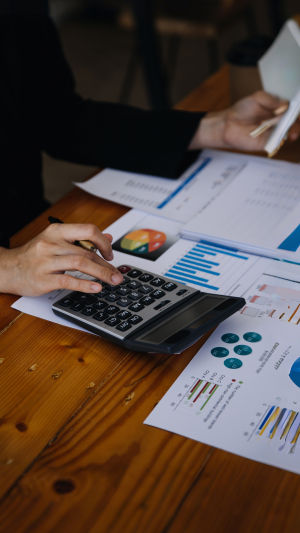In the high-stakes world of trading, risk is an ever-present companion.
Successful professional traders do not eliminate risk—they manage it strategically.
Their ability to preserve capital while seeking gains is what separates them from novices. Understanding how top traders approach risk management provides valuable lessons for anyone looking to improve their financial acumen.
<h3>Embracing Risk as an Inherent Element</h3>
Professional traders recognize that risk cannot be eradicated, only controlled. Risk is the price one pays for the opportunity to make money. This mindset shifts the focus from avoidance to measured exposure. Pro traders quantify risk before entering any position, defining exactly how much capital they are willing to put at stake.
<h3>Position Sizing: The Cornerstone of Risk Control</h3>
One fundamental tool in the pro trader's toolkit is position sizing—the practice of determining the number of shares, contracts, or lots to trade based on risk tolerance. Rather than risking a fixed dollar amount, professionals use a percentage of their total capital, typically ranging between 0.5% and 2%.
For example, if a trader's maximum risk per trade is 1% of their portfolio, and the stop-loss is set at a certain price distance, the position size is adjusted accordingly. This mathematical discipline ensures no single trade can disproportionately damage the portfolio. Proper position sizing is the single most important factor in trading success. This technique safeguards against large slowdowns and promotes longevity in the markets.
<h3>Utilizing Stop-Loss Orders to Limit Losses</h3>
Stop-loss orders represent an automatic exit mechanism to cap losses on a trade. Pro traders set stop-loss levels based on technical analysis, volatility, or support and resistance zones, rather than arbitrary figures. By predefining stop-loss points, traders avoid holding onto losing positions in hope of a turnaround—a common pitfall for amateurs.
The discipline to respect stop-loss triggers protects capital and prevents emotional trading spirals. Recent advances in algorithmic trading allow some professionals to implement dynamic stop-losses that adjust with market movement, preserving profits while still controlling downside risk.
<h3>Diversification Across Assets and Strategies</h3>
Mitigating risk also involves diversification. Pro traders often spread capital across various asset classes, instruments, and trading strategies to reduce exposure to any single market event. A diversified portfolio minimizes the impact of volatility spikes or sector-specific downturns.
For instance, combining equity trades with fixed income, commodities, or currency positions smooths overall returns and cushions against unforeseen shocks. Moreover, some traders employ uncorrelated strategies simultaneously—such as trend following and mean reversion to balance performance under different market regimes.
<h3>Continuous Risk Assessment and Adaptation</h3>
The markets are dynamic, what works as risk control in one environment may falter in another. Successful traders continuously monitor their risk exposure, adapting position sizes, stop-losses, and portfolio composition as conditions evolve. Quantitative tools like Value at Risk (VaR) and Conditional VaR are commonly used to estimate potential losses over specific time frames with statistical confidence. Pro traders supplement these with qualitative judgment monitoring news events, economic indicators, and market sentiment. This dual approach enables rapid response to shifting risks, preventing stagnation in risk protocols.
<h3>Psychological Discipline: Mastering Emotional Risk</h3>
Perhaps the most underestimated aspect of risk management lies in psychological discipline. Trading losses evoke strong emotional reactions that can cloud judgment and lead to reckless decisions. Peter Lynch, legendary investor and fund manager, stated "In the stock market, the most important part is the stomach. It's not the brain."
Professionals cultivate habits such as journaling trades, mindfulness, and systematic review of outcomes to maintain objectivity. Emotional resilience is cultivated through experience and deliberate practice. By detaching ego from outcomes, traders protect themselves from impulsive actions that escalate risk.
The sophistication of risk management in professional trading is a blend of precise mathematics, adaptive strategies, and rigorous psychological control. From carefully calibrated position sizing to dynamic stop-loss orders and ongoing risk reassessment, each element serves the goal of capital preservation and steady growth. Understanding these principles equips traders and investors with the tools necessary to navigate markets confidently and sustainably. In the realm of trading, risk is neither friend nor foe—it is a calculated element to be mastered.





